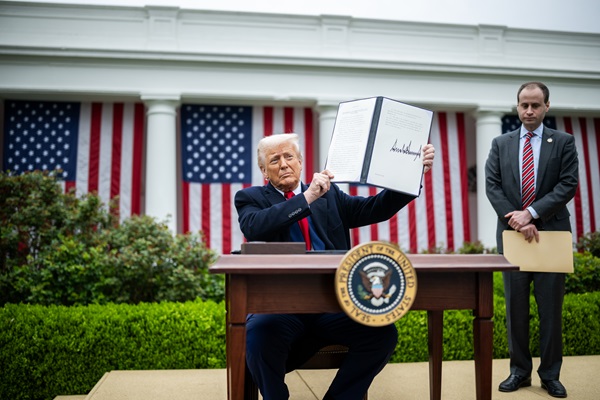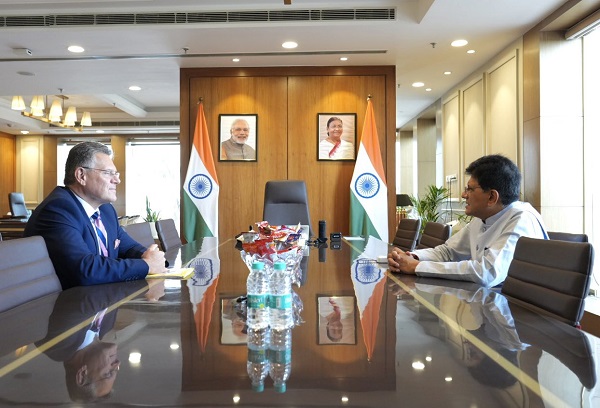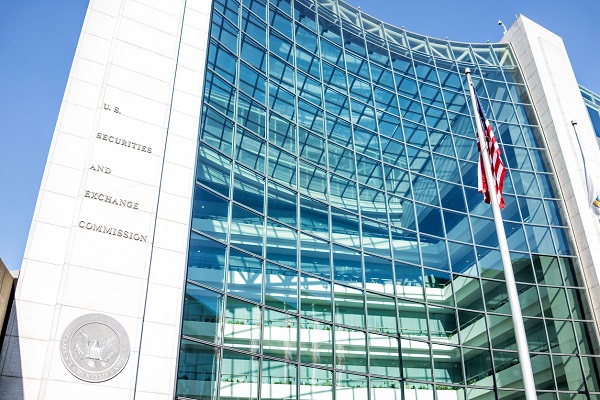.png)

By Ajay Srivastava
Ajay Srivastava, founder of Global Trade Research Initiative, is an ex-Indian Trade Service officer with expertise in WTO and FTA negotiations.
September 16, 2025 at 3:47 PM IST
India and the United States are back at the negotiating table today in New Delhi to revive trade talks after a long hiatus.
The US delegation, led by Assistant USTR for South and Central Asia Brendan Lynch, will meet Indian counterparts for the first time since President Donald Trump imposed an additional 25% tariff on Indian goods from August 27 for purchasing Russian crude oil, on top of the 25% reciprocal tariffs already in place since August 7.
Negotiations were already underway when India faced the earlier 25% tariff, with hopes of a reduction to 10%. Instead, Washington escalated the dispute with another 25% penalty.
Moreover, on September 4, the Trump administration filed an appeal in the US Supreme Court to reinstate tariffs struck down by lower courts, explicitly naming India’s oil purchases to justify retaining the power to punish countries. Dropping India’s name would weaken the US legal case, making any relief highly improbable unless India halts Russian crude imports.
Trump has also called on the EU to impose 50–150% tariffs on Chinese goods for buying Russian oil and previously suggested that the EU target India as well. But EU nations are unlikely to risk an economic rupture with China, their largest supplier, given €732 billion in annual trade and heavy dependence on Chinese machinery, electronics, APIs, and solar equipment. China may never stop buying Russian crude.
Ironically, the US looks desperate to close a trade deal with India, even as its officials almost daily use disparaging language against New Delhi from public platforms. By naming India in its Supreme Court filing, Washington has made any deal politically harder. A deal will only be possible if India stops buying Russian oil even though China and EU will continue doing so — but even then, New Delhi must not compromise its core red lines.
Red Lines & Strategy
Until Washington withdraws the additional 25% tariff, progress is unlikely.
India in the meantime should formally record its objections, potentially through an amicus curiae brief at the US supreme court, to support US businesses challenging the tariffs and keep the negotiation window open.




